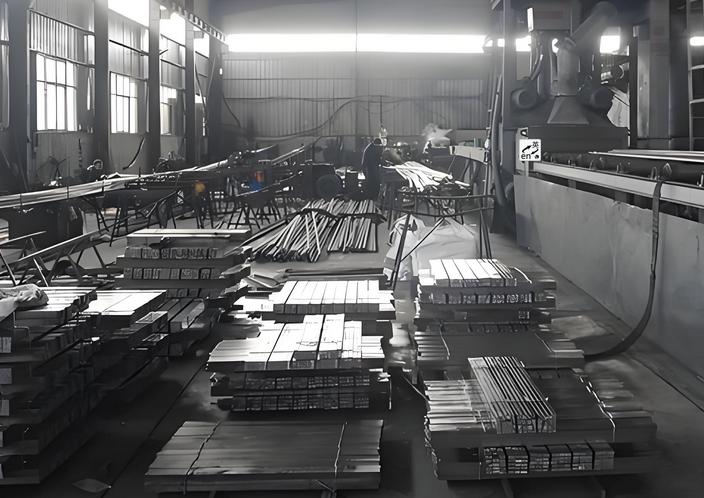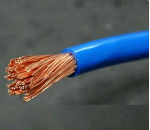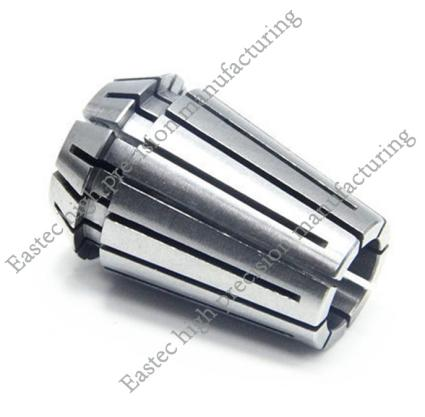
The cold drawing process is a crucial step in the production of fasteners, affecting not only the dimensional accuracy of the products but also directly related to their mechanical properties. This article will delve into the purposes, common issues, and solutions in the cold drawing process to help readers better understand the importance of this technique.
I. Purposes of the Cold Drawing Process
Reforming the Size of Raw Materials
The primary purpose of the cold drawing process is to reform the size of raw materials according to product design requirements. Through cold drawing, the diameter and length of fasteners can be precisely controlled to meet the needs of different application scenarios.
Deformation Strengthening
During the cold drawing process, the raw material undergoes plastic deformation for strengthening, endowing fasteners with basic mechanical properties. For medium carbon steel and medium carbon alloy steel, cold drawing also aids in the fragmentation of flake cementite, preparing the conditions for subsequent spheroidizing annealing, thereby improving the material's plasticity and toughness.
II. Common Issues and Solutions in the Cold Drawing Process
Unreasonable Reduction Rate
Some manufacturers reduce the number of drawing passes arbitrarily to lower costs, resulting in an excessively high reduction rate. This increases the work hardening tendency of the wire rod, affecting the cold heading performance. Therefore, it is crucial to distribute the reduction rate of each pass reasonably to prevent the wire from developing torsional cracks during drawing.
Poor Lubrication
Lubrication plays a vital role in the cold drawing process. Poor lubrication can lead to transverse cracks in the wire, affecting product quality. Therefore, selecting the appropriate lubricant and ensuring its effectiveness is key to improving the quality of cold drawing.
Die Wear
When the wire rod coils off the wire die, if the tangent direction is not concentric with the drawing die, it can cause accelerated wear on one side of the die hole, resulting in an out-of-round inner hole. This leads to uneven drawing deformation around the wire's circumference, affecting the cold heading pass rate. Adjusting the die position to ensure concentricity is the key to resolving this issue.
Deterioration of Surface Quality
An excessively high partial reduction rate can lead to a deterioration of the wire's surface quality, while an excessively low reduction rate is not conducive to the fragmentation of flake cementite. Therefore, controlling the partial reduction rate within a range of 10%-15% helps to increase the spheroidizing rate of cementite, thereby enhancing cold heading performance.
III. Impact of Cold Drawing Process on Fastener Performance
Increased Strength
Through the cold drawing process, fasteners can achieve higher strength, meeting various mechanical performance requirements.
Improved Ductility
A reasonable cold drawing process can endow fasteners with good ductility, facilitating subsequent processing.
Enhanced Dimensional Accuracy
The cold drawing process allows for precise control of fastener dimensions, improving the dimensional accuracy of the product.
In conclusion, the cold drawing process holds a pivotal position in the production of fasteners. Mastering the key techniques of the cold drawing process and reasonably resolving issues encountered during production are essential to enhancing the quality and performance of fasteners. Let us work together to promote the continuous development of the cold drawing process and contribute to China's fastener industry.





 Customer service 1
Customer service 1  Customer service 2
Customer service 2